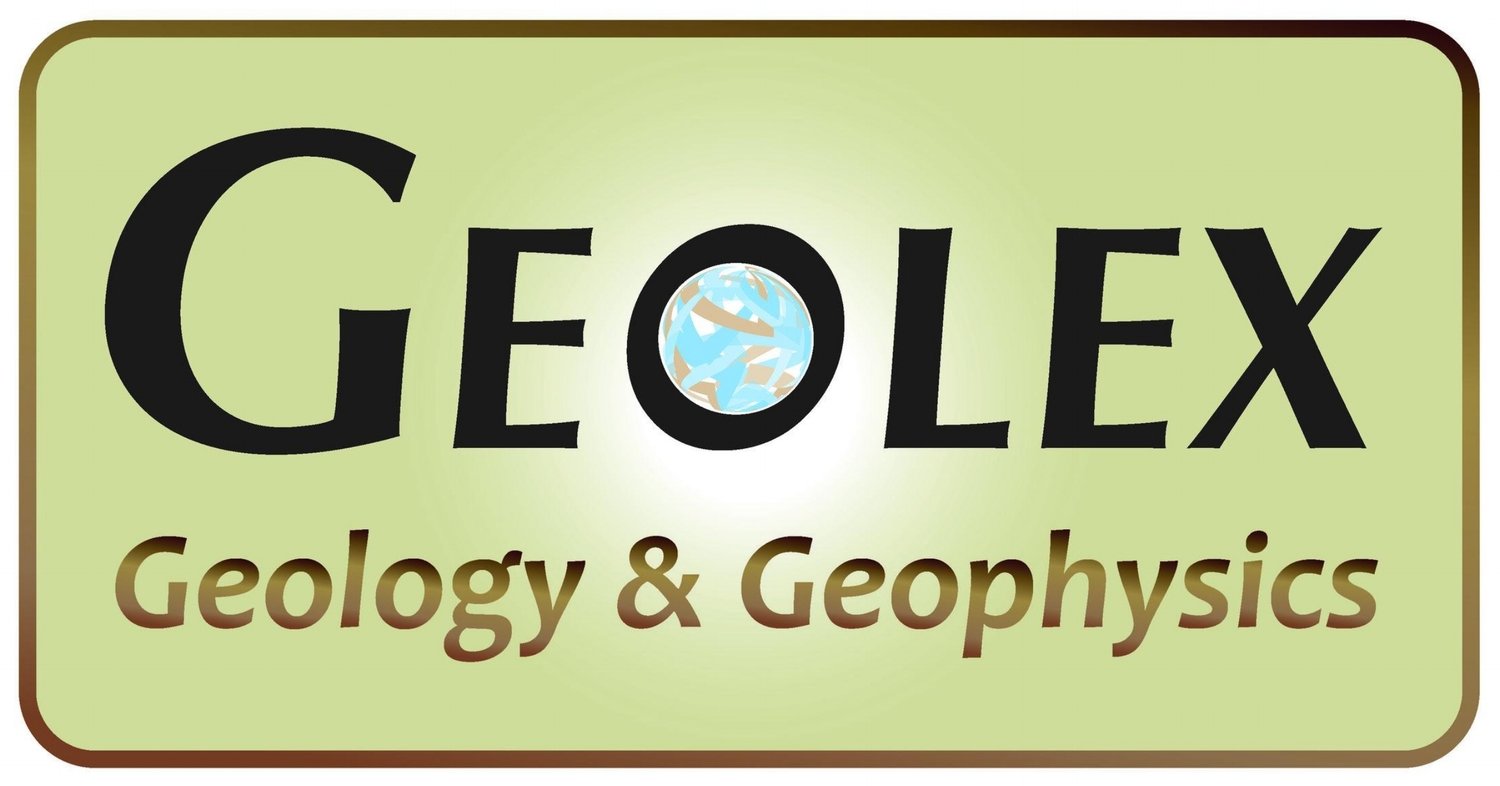Groundwater Exploration and Contaminant Mapping
There are various geophysical solutions for investigating groundwater and/or contamination. Magnetics and time-domain electromagnetics are quick and useful for near surface exploration. Resistivity and seismic surveys can provide profiles and 3D data to several hundred meters. Depending on sedimentary overburden, bedrock type, and other cultural effects, either resistivity or seismic may prove most useful. When deep bedrock topography is of interest, gravity surveys can be used to map the sedimentary-bedrock contact.
2D density contrast model from gravity survey showing apparent bedrock ridges south of Rocker, MT.
Cy and Mike setup the Ohm Mapper for a resistivity survey of groundwater salinity.
Downhole geophysics (gamma, neutron, caliper, etc.) can be used to determine physical properties of rocks and groundwater contamination.
Joe and Mike conduct an apparent resistivity survey with the Ohm Mapper to determine soil conductivity.
Map of conductive saline water shown in red from pipeline leak in northeastern Montana surveyed with the EM-31.
